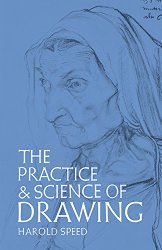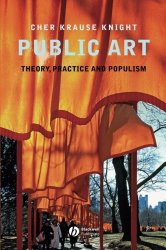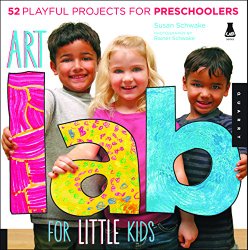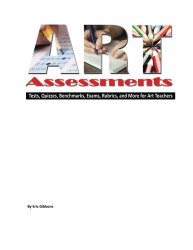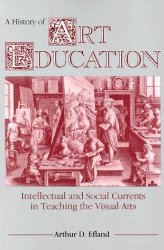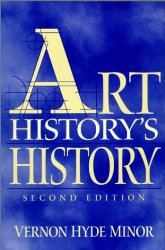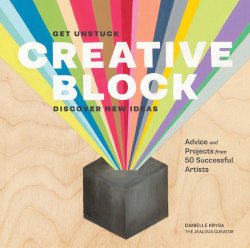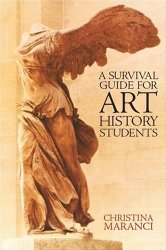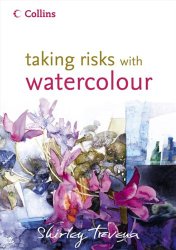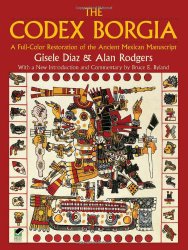Much of the learning to practice as well as to appreciate art is concerned with understanding the basic principles. One of these principles is what Harold Speed calls “dither,” the freedom that allows realism and the artistic vision to play against each other. Very important to any artist or work of art, this quality separates the scientifically accurate …
study
This book takes a bold look at public art and its populist appeal, offering a more inclusive guide to America’s creative tastes and shared culture. It examines the history of American public art – from FDR’s New Deal to Christo’s The Gates – and challenges preconceived notions of public art, expanding its definition to include a broader scope …
Art Lab for Little Kids: 52 Playful Projects for Preschoolers (Lab Series)
Developed for the younger set (4-6 year olds) and targeting one of the most critical developmental periods for children, Art Lab for Little Kids is the perfect book for both parents and teachers who are seeking enriching and unique experiences to offer this age group.As in Susan Schwake’s first book, Art Lab for Kids (Quarry Books, 2012), the …
Art Assessments: Tests, Quizzes, Benchmarks, Exams, Rubrics, and More for Art Teachers
Created by the author of the bestselling art education book, “The Art Student’s Workbook,” Art Assessments includes various forms of art based evaluations from open ended responses, to traditional tests and quizzes, to daily class closure. Designed for middle school and high school art classes, this book includes a lot more, PLUS your purchase also entitles you to …
A History of Art Education: Intellectual and Social Currents in Teaching the Visual Arts
Recent debates on the place of the arts in American life has refocused attention on art education in schools. In this book, the author puts current debate and concerns in a well-researched historical perspective. He examines the institutional settings of art education throughout Western history, the social forces that have shaped it and the evolution and impact of …
Written in jargon-free, reader-friendly language, this is one of the first volumes to make art historical theory accessible to those at the introductory level. A review of contemporary theory of art history provides readers with lucid prose and concrete examples. Discussion of eighteenth- and nineteenth- century theories …
Creative Block: Get Unstuck, Discover New Ideas. Advice & Projects from 50 Successful Artists
Creative block presents the most crippling—and unfortunately universal—challenge for artists. No longer! This chunky blockbuster of a book is chock-full of solutions for overcoming all manner of artistic impediment. The blogger behind The Jealous Curator interviews 50 successful international artists working in different mediums and mines their insights on how to conquer self-doubt, stay motivated, and get new …
Designed to guide learners through the often disorienting experience of taking a first art history class, this book addresses all aspectsof that total experience. KEY TOPICS Specific chapter topics cover note-taking during lecture, studying for and taking slide exams, writing response papers, methodology, how to critique secondary scholarship, and what to do with an art …
A practical, stimulating and superbly illustrated book for intermediate watercolourists who are looking for greater challenges in their work and who are prepared to experiment with this popular medium.Shirley Trevena’s watercolours are visually inspiring, vibrant with colour and strong in composition. This book shows what stunning results she achieves and how she does it by taking risks with …
Considered by many scholars the finest extant Mexican codex and one of the most important original sources for the study of pre-Columbian religion, the Codex Borgia is a work of profound beauty, filled with strange and evocative images related to calendrical, cosmological, ritual, and divinatory matters. Generally similar to such Mixtec manuscripts as the Codex Nuttall, the Codex …
